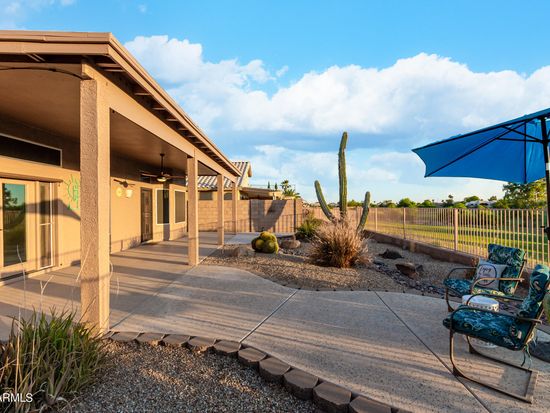
Gene Wilde, a biologist who recently retired from Texas Tech University, compares the shiner’s reliance on free-flowing water to salmon of the Northwest. You are not in a hurry there you learned long since not to be.” “Most autumns, the water is low from the long dry summer, and you have to get out from time to time and wade, leading or dragging your boat through trickling shallows from one pool to the long channel-twisted pool below, hanging up occasionally on shuddering bars of quicksand, making 6 or 8 miles in a day’s lazy work,” Graves wrote, “but if you go to the river at all, you tend not to mind. The book details Graves’ canoe trip with his dog in November 1957, motivated by the coming Lake Granbury impoundment. This was Comanche territory 150 years ago, later immortalized in author John Graves’ Goodbye to a River.

Covering 17,000 acres, the lake is home to a state park and draws boaters, anglers, skiers, and vacationers.īelow Morris Sheppard Dam, the Brazos courses through tall limestone bluffs and steep cedar-covered slopes.

To the east, wrinkles on the horizon signal the Palo Pinto Mountains and Possum Kingdom Lake, the first major impoundment on the Brazos, dammed in 1941. Seventy air miles east of Haskell, near Graham, the Clear Fork joins the main stem, now a river of substance with distinct bands of dark green vegetation covering its banks and occasional bankside clearings identifying sand-mining operations and crop fields. Here the river carves a ribbon through low, lightly vegetated canyons, its rusty color mirroring the iron oxide-rich red clay soil of the surrounding Rolling Plains. With its watershed extending into New Mexico, draws and drainages grow into forks until the Brazos finally becomes a river where the Double Mountain and Salt forks converge in northeast Stonewall County, about 18 miles northwest of Haskell. On a clear day last fall, Farris took me along as he piloted his Cessna 172 to Haskell, north of Abilene, where we began to trace the Brazos River down to the coast. In search of a new perspective, I asked my friend George Farris, owner of Above and Beyond Aviation in Austin, to fly me over the river. Understanding the Brazos is no easy feat, no matter how many miles you’ve paddled, how many hours you’ve sat on its banks, or how many times you’ve jumped into it. As recently as 2016, Brazos River flooding damaged 1,400 homes and killed six people in southeast Texas. It still runs wild every now and then, thwarting even the mightiest barriers. But while the river has been moderated, it has not been tamed.

Over the course of two centuries, engineers have dammed, channeled, diverted, and fragmented the Brazos, partly to control deadly floods.


 0 kommentar(er)
0 kommentar(er)
